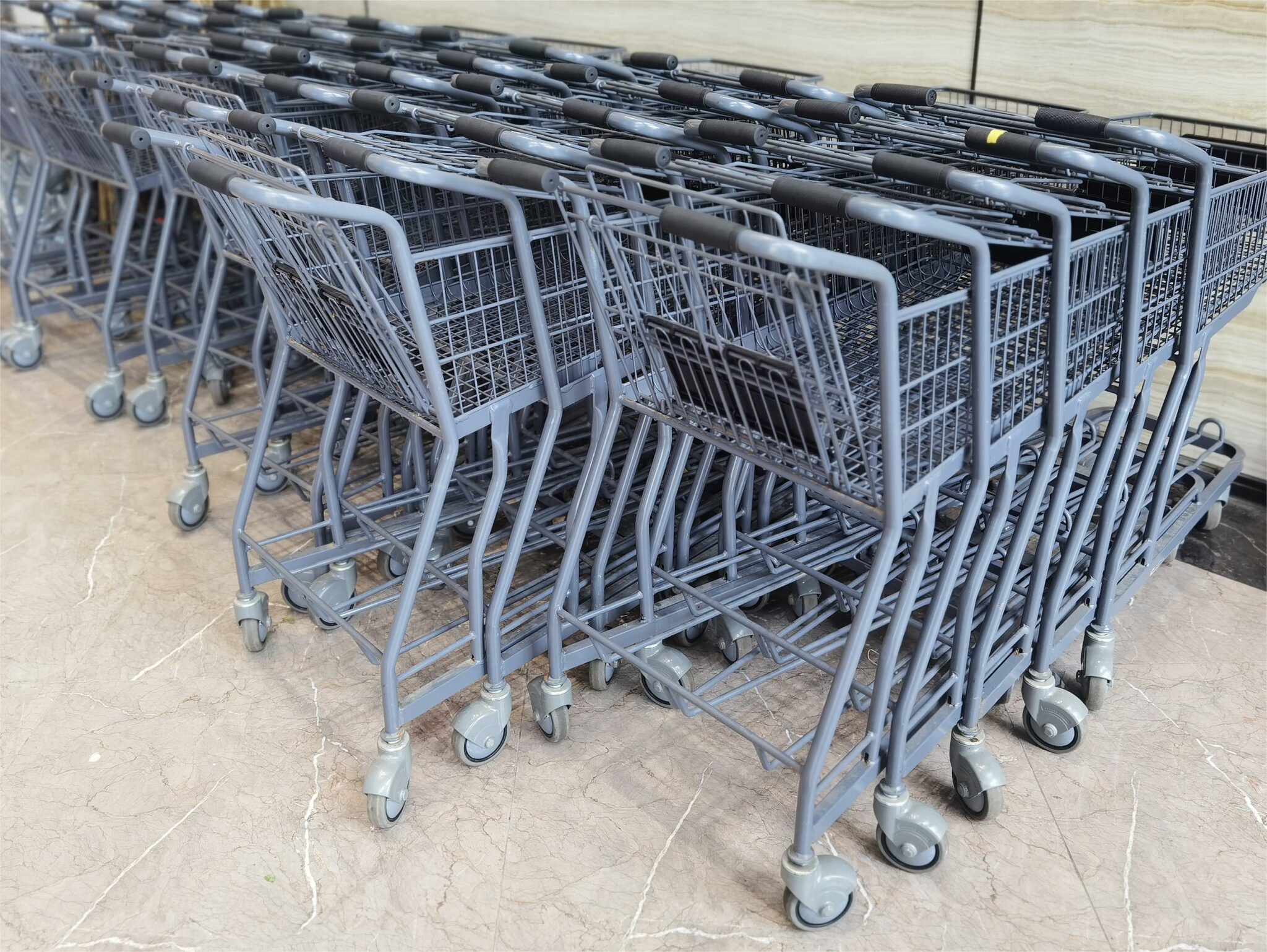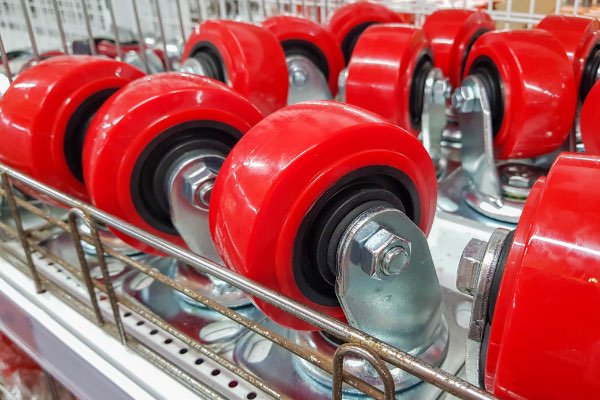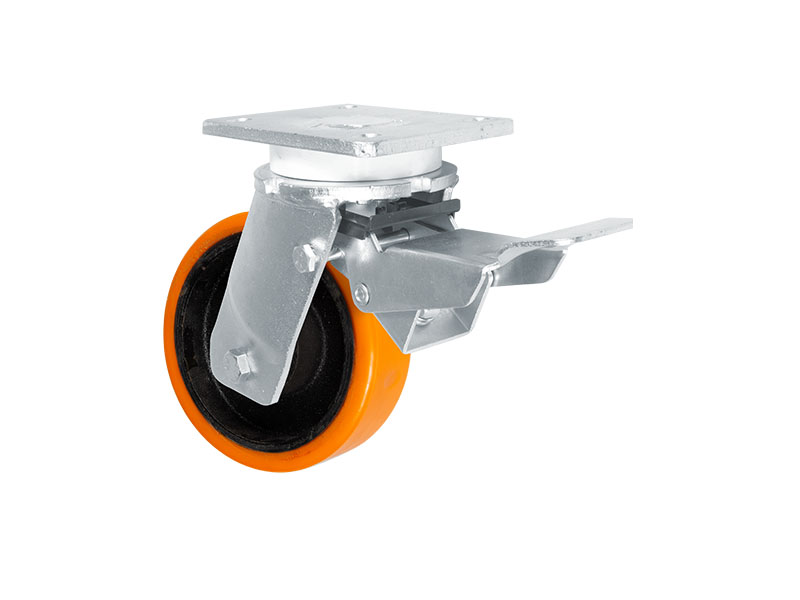Caster wheels, often overlooked in their significance, play a pivotal role in various applications ranging from industrial machinery to everyday furniture. These specialized wheels facilitate movement by allowing objects to roll smoothly, enhancing both efficiency and convenience. They come in various sizes, materials, and load-bearing capacities to suit diverse needs.
Importance of Weight Limits in Caster Wheel Design
While the design and material composition contribute to a caster wheel’s effectiveness, weight limits emerge as a crucial determinant of its longevity. Caster wheel manufacturers meticulously specify weight limits, often ranging from a few hundred pounds to several thousand pounds, to ensure optimal performance and durability. Exceeding these limits can lead to premature wear, compromised structural integrity, and reduced lifespan.
Understanding the Mechanics Behind Weight Limits
Material Composition of Caster Wheels
Caster wheels are crafted from different materials, such as rubber, polyurethane, nylon, and metal alloys. Each material possesses distinct properties that dictate its weight-bearing capacity. For instance, metal alloys like forged steel or ductile iron tend to withstand heavier loads compared to their rubber or plastic counterparts. Manufacturers conduct extensive testing to determine the optimal material and design for specific weight capacities.
Heavy Duty Metal Swivel Caster
Stress and Strain: How Weight Affects Durability
When an object exceeds the stipulated weight limit of a caster wheel, it subjects the wheel to excessive stress and strain. This additional force can cause deformation or permanent damage to the wheel’s structure, leading to premature wear and potential failure. Exceeding weight limits by even a small margin can significantly reduce the expected lifespan of caster wheels, sometimes by as much as 50%.
Factors That Influence Caster Wheel Longevity
Frequency of Use and Load Variation
The frequency of use and variations in load exert significant influence on caster wheel longevity. Constantly subjecting a caster wheel to near-maximum weight limits accelerates wear and necessitates frequent replacements. Studies have shown that caster wheels operating under constant heavy loads require replacement 2-3 times more frequently than those operating within specified weight limits.
Environmental Conditions: Temperature, Moisture, and Surface
Environmental factors such as temperature fluctuations, moisture levels, and surface conditions can either extend or diminish a caster wheel’s lifespan. Exposure to extreme temperatures, corrosive chemicals, or abrasive surfaces can expedite wear and compromise performance. For instance, caster wheels used in industrial settings with high humidity and chemical exposure tend to have shorter lifespans compared to those used in controlled environments.
Consequences of Exceeding Weight Limits
Immediate Effects on Performance
Exceeding weight limits imposes immediate repercussions on caster wheel performance. Users may observe diminished maneuverability, increased friction, and irregular wear patterns, thereby compromising safety and efficiency. Studies conducted in manufacturing facilities have reported a 30% reduction in maneuverability and a 25% increase in energy consumption when weight limits were consistently exceeded.
Long-term Damage and Cost Implications
The ramifications of surpassing weight limits extend beyond immediate performance degradation. Long-term consequences include irreversible damage, frequent replacements, and escalated operational costs, underscoring the significance of adhering to specified weight limits. Usually, the total cost of ownership for equipment increases by 35-40% when caster wheels operate consistently under excessive loads.

Best Practices for Maximizing Caster Wheel Longevity
Regular Inspection and Maintenance
Adopting a proactive approach towards inspection and maintenance can significantly enhance caster wheel longevity. Regularly assessing weight limits, monitoring wear patterns, and conducting timely repairs mitigate risks and extend service life. Generally speaking, regular maintenance can prolong the caster wheel lifespan by up to 25%, reducing downtime and replacement costs.
Matching Weight Limits to Specific Applications
Finally, aligning weight limits with specific applications ensures optimal performance and longevity. By selecting caster wheels tailored to accommodate anticipated loads, users can preemptively address potential challenges and optimize operational efficiency. Matching weight limits to the application can double the lifespan of caster wheels compared to using wheels with inadequate weight capacities.
Conclusion
Understanding the impact of weight limits on caster wheel longevity remains paramount for both manufacturers and end-users. By elucidating the intricate dynamics between weight thresholds, material compositions, and environmental variables, stakeholders can make informed decisions that optimize performance, safety, and cost-effectiveness. Applying these insights and best practices ensures a prolonged caster wheel lifespan, enhancing operational efficiency and reducing maintenance costs in the long run.






